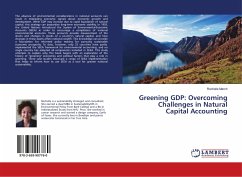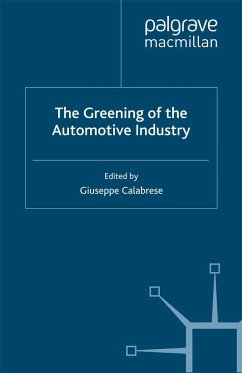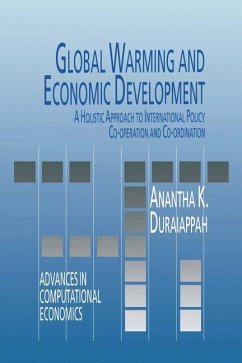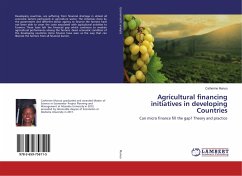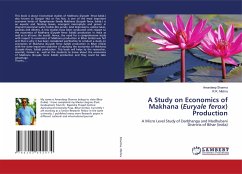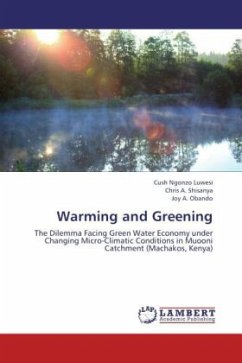
Warming and Greening
The Dilemma Facing Green Water Economy under Changing Micro-Climatic Conditions in Muooni Catchment (Machakos, Kenya)
Versandkostenfrei!
Versandfertig in 6-10 Tagen
52,99 €
inkl. MwSt.

PAYBACK Punkte
26 °P sammeln!
In recent years, the need for stakeholders cooperation and adjustment of their lifestyles as well as land-use activities has ever been so stressed, owing to uncertain climatic vulnerabilities facing most ecosystems. Green economy has been propounded as a paradigm shift from business as usual. The study conducted in Muooni Catchment (1965 to 2010) reveals increasing trend of minimum and maximum annual temperatures with subsequent decreases in rainfall and discharges . Water balance is predicted to decrease and farming water vulnerability to worsen by 2030. Yet, just like in Moses' account of th...
In recent years, the need for stakeholders cooperation and adjustment of their lifestyles as well as land-use activities has ever been so stressed, owing to uncertain climatic vulnerabilities facing most ecosystems. Green economy has been propounded as a paradigm shift from business as usual. The study conducted in Muooni Catchment (1965 to 2010) reveals increasing trend of minimum and maximum annual temperatures with subsequent decreases in rainfall and discharges . Water balance is predicted to decrease and farming water vulnerability to worsen by 2030. Yet, just like in Moses' account of the burning thornbush of Mount Hored, Muooni Catchment is literally burning without being consumed. What makes this catchment greening? What are some capabilities of this farming community? What benefits result from a green water economy in this catchment in the course of climate change? This book puts in motion an exciting discovery on the "Warming and Greening" experience of the people of Machakos District in Kenya. It displays innovative and integrated tools for Vulnerability-Capability Assessment (VCA+) in a watershed for agricultural water development.



